Plants that are dormant or not actively growing during the hottest months are well adapted to summer-dry climates, including many California natives. Irises, both native and not, are a beautiful choice.
Douglas iris (Iris douglasiana) forms an upright clump of sword-shaped or grasslike green leaves, mounding and spreading with age by underground rhizomes. Flowers are blue-violet, deep purple, or occasionally white, often two or three on each upright stem in late winter to mid-spring. Native to coastal California and Oregon, this Pacific Coast iris happily tolerates summer dryness in sun near the coast or inland in part shade. Most leaves will die back in summer but return with fall rains. Deer ignore this plant and its many named varieties.
One of the most garden-tolerant and easily grown named Pacific Coast irises is ‘Canyon Snow’, with bright white flowers with golden yellow markings at the base of each petal. Wide-spreading clumps of glossy green leaves are covered with flowers on foot-tall stems in early spring. Plant in late fall, when new growth starts, usually after the first rains. Good to excellent drainage is essential; best massed on hillsides or planted on earth mounds or in raised beds.
Bearded irises are another great choice for summer-dry climates, though they are not native to California. They do benefit from dividing occasionally, at least every four or five years, but they thrive with little or no supplemental watering, even during droughts. They may not bloom as heavily without winter rains, but they return with vigor when the drought subsides.
Bearded irises are particularly long lived. A small group of old-fashioned yellow-flowered plants have persisted in my garden since I arrived, thirty-five years ago, without dividing and with no supplemental water. Another bearded iris, with deep purple flowers, I found here the same year, distributed randomly all over the property. I have gathered them together in one eye-popping display, dividing occasionally but otherwise providing no water and no care.


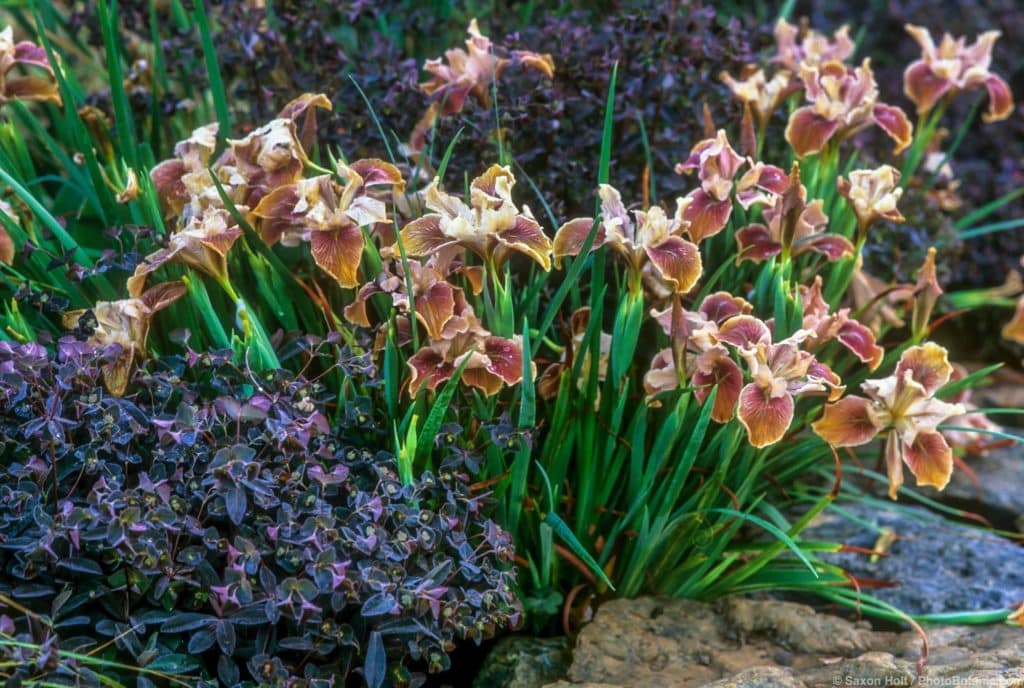

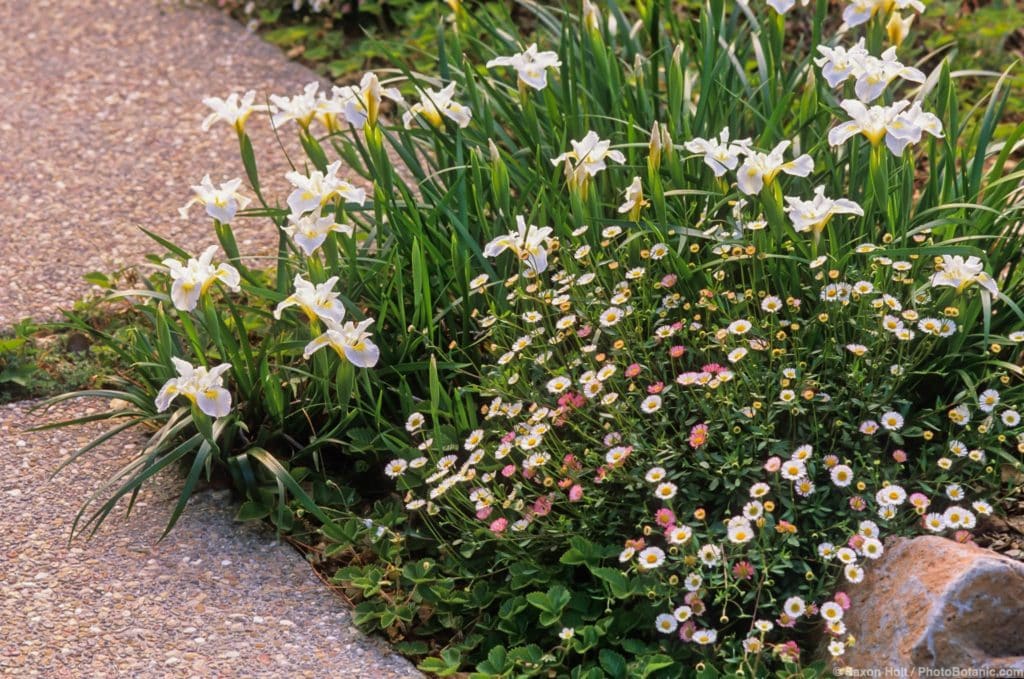
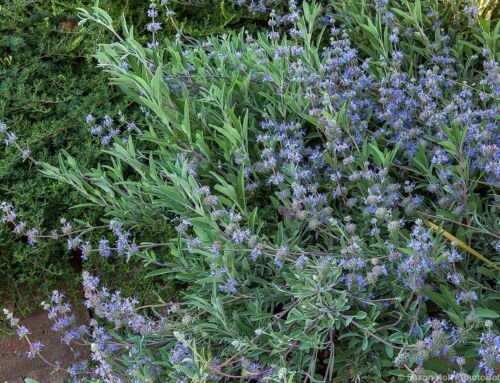
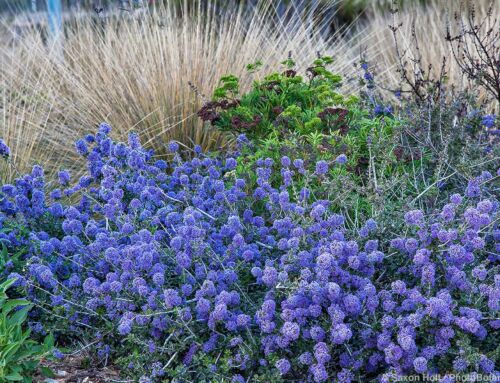
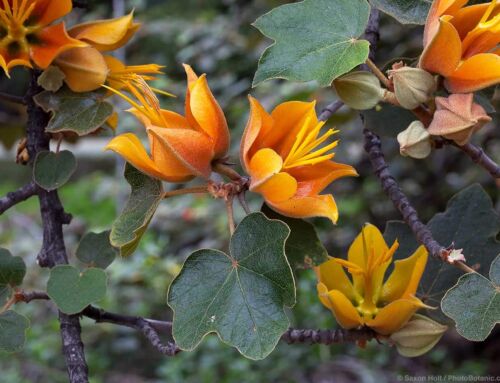
Leave A Comment